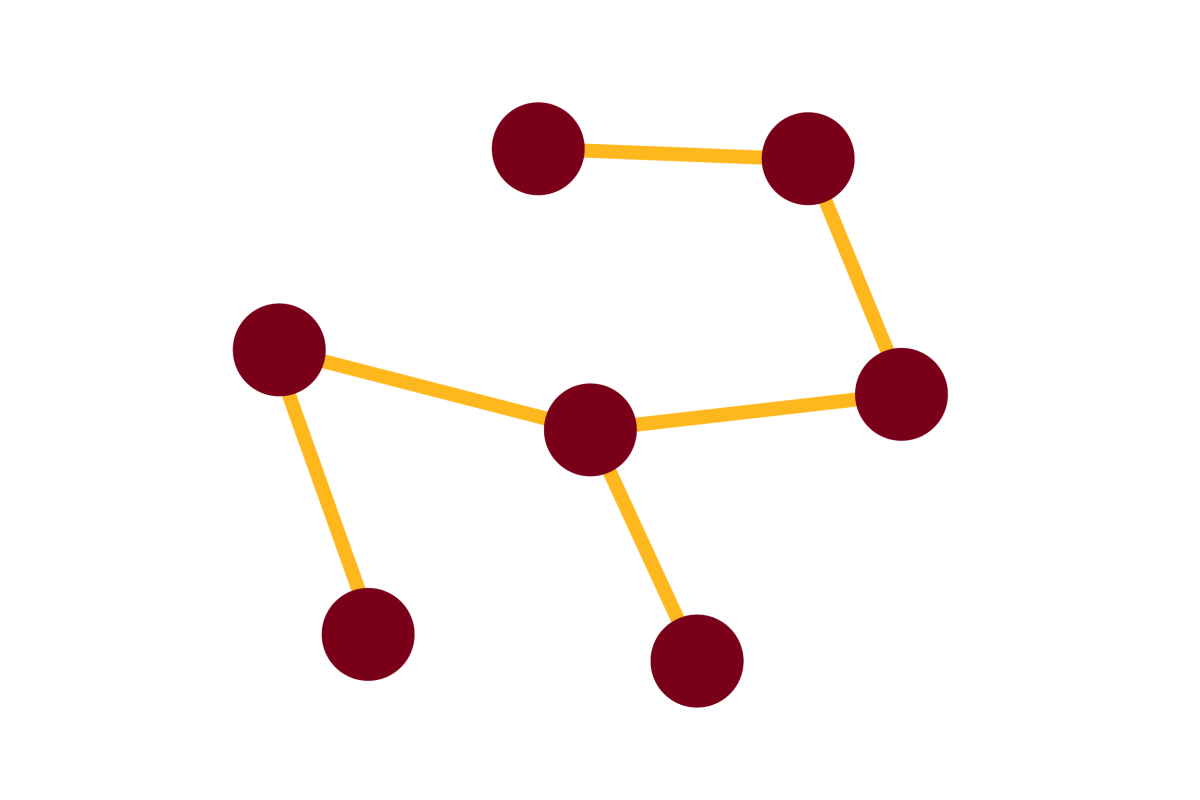Learning multi-way associations across biological networks [thesis]

Author
Zhuliu Li (Ph.D. 2021)
Abstract
The multi-way associations across multiple biological networks carry rich information of the dependencies between heterogeneous biological objects such as human diseases, genes (proteins) and drugs. Inferring this information based on the network topologies has emerged as a core step in many bioinformatics tasks. Due to the modeling and computational challenges, current studies mainly focus on predicting the bipartite associations across pairs of biological networks rather than predicting the multi-way associations; and most of the existing multi-relational learning methods are not scalable for predicting high-order associations across a large number of networks. The goal of our research is to advance the field of multi-relational learning by systematically addressing the modeling and computational challenges. To that end, we develop machine learning methods to directly model the multi-way associations across multiple biological networks as a tensor (multi-way array), which is structured by the manifolds in the product of multiple networks; and improve the learning scalability through optimally estimating the tensor and the product graph. These methods rely on tensor decomposition and graph-based transductive learning technologies. First, we propose the Graph-Regularized Tensor Completion from Observed Pairwise Relations (GT-COPR) method to directly infer the multi-way associations among the entities across multiple biological networks in a low-rank tensor using the observed bipartite associations. We validate that compared to the state-of-the-art bipartite relational learning methods, the tensor formulation enables GT-COPR to identify more important pharmacogenomic multi-way associations across disease, gene and chemical networks. Next, we present the Low-Rank Tensor-based Label Propagation (LowrankTLP) method to address scalability challenges in multi-relational learning, by providing a theoretically justified framework to estimate the product graph with respective to the learning objective. The large-scale experiments demonstrate that LowrankTLP indeed well approximates the original learning objective with remarkably improved scalability and accuracy. Finally, we introduce the Fast Imputation of Spatially-Resolved Transcriptomes by Graph Regularized Tensor Completion (FIST) method, to impute the missing mRNA expressions in the spatial transcriptomics RNA sequencing (sptRNA-seq) data in a compressed tensor. FIST is the first method to model the multi-way spatial and functional associations between genes and tissue locations as a tensor, and significantly improves the imputation accuracy by leveraging the tensor modeling of the sptRNA-seq data. We comprehensively evaluate our methods and discoveries with simulations and real biological datasets. The results suggest that the tensor modeling of the multi-way data and the integration of topological information carried in multiple networks as the product graph, improve the quality and significance of the inferred multi-way associations using the proposed methods; the principled estimations to the tensor and product graph improve the scalability of these methods, and enable them to learn very high-order multi-way associations across a large number of networks for a variety of real applications.
Link to full paper
Learning multi-way associations across biological networks
Keywords
bioinformatics, computational biology